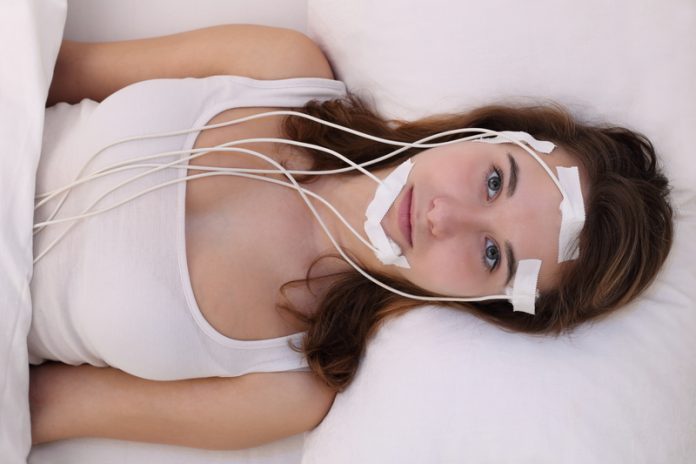As Brain Awareness Week continues, new NIH-funded research suggests a part of the brain’s internal clock constantly monitors changes in external temperature
Circuits in the brain act as an internal clock to tell us it is time to sleep and to control how long we then stay asleep. The clock can be “reset” over time in response to new day/light cycles which can be experienced when travelling across time zones.
Janet He, Ph.D., program director of the National Institute of Neurological Disorders and Stroke (NINDS), said: “this study takes advantage of the powerful model system of the fly’s circadian clock network to demonstrate how temperature cues from the environment are used to control the time and duration of sleep.”
“The clock discovered in flies more than 30 years ago is essentially the same one found in the human brain,” said Orie Shafer, Ph.D., associate professor at the University of Michigan, Ann Arbor, and senior author of this study.
Dr.Shafer and his team discovered that an area in the fly brain’s circadian clock called the DN1p increased its activity when cooled and become less active when heated.
“We knew that light excites the circadian clock overall and that light and heat typically increase at the same time, so it was completely unexpected to find a region of the clock that increased its activity in response to cooling,” said Dr. Shafer.
In flies, temperature could be sensed directly by neurons in the brain or via nerve impulses from sensory organs in the body.
To distinguish between the two, the investigators genetically manipulated the sensory organs and found that the DN1p neurons no longer responded to changes in temperature.
This meant that the clock interprets temperature signals from the body rather than sensing temperature changes directly.
The circadian clock of larger animals and humans is also sensitive to changes in temperature, and because of their larger size, would require input from external sensory organs.
The fact that, despite its small size, the fly clock also relies on temperature sensors outside the brain suggests that the findings of this study could have broad implications in the control of sleep in humans.
References:
Yadlapalli et al. Circadian clock neurons constantly monitor environmental temperature to set sleep timing. Nature. February 21, 2018. doi: 10.1038/nature25740
For more on brain awareness week visit: http://www.dana.org/BAW/











